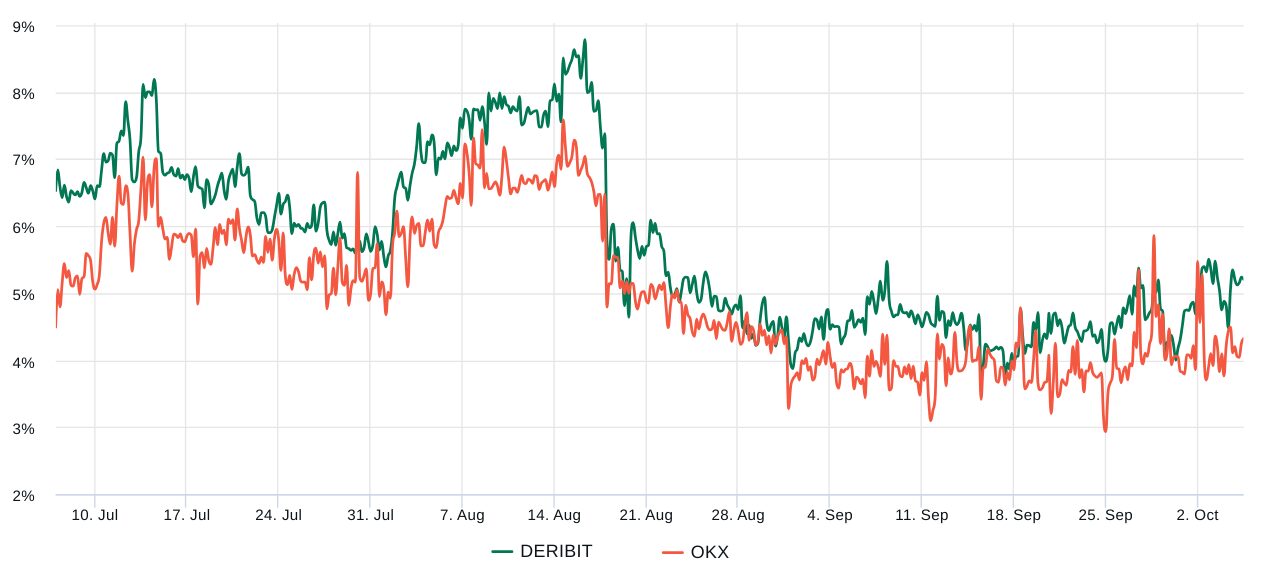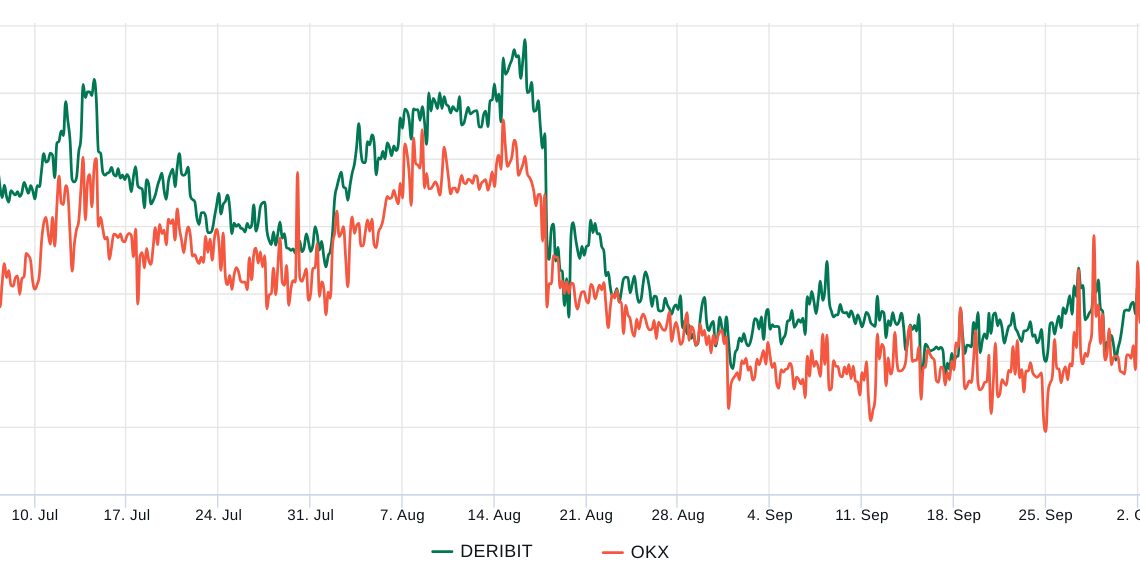On Oct. 2, the price of Bitcoin (BTC) saw a 5.5% intraday increase to $28,600 but the largest cryptocurrency by market cap lost momentum as the highly anticipated launch of Ether futures exchange-traded funds (ETFs) failed to generate significant trading volumes.
While the recent rally into the upper end of the current price range was likely encouraging to investors, recent comments from U.S. Federal Reserve representatives reiterated concerns about an impending economic downturn.
Bitcoin demonstrated short-term strength by maintaining support at $27,200 on Oct. 3 and subsequently surged above $27,500 on Oct. 5. Nevertheless, three key trading metrics indicate a lackluster level of support. These metrics encompass spot market volumes, derivatives, and confidence in the approval of a spot Bitcoin ETF.
Macroeconomic forces exert downwards pressure on Bitcoin price
On Oct. 2, U.S. Federal Reserve Vice Chair for Supervision, Michael Barr, stated in New York that he anticipates a slowdown in economic growth “below its potential” due to higher interest rates constraining economic activity. He also noted that the full impact of the current monetary policy has yet to be realized. According to the CME FedWatch tool, the market is currently evenly divided on the possibility of another interest rate hike by the Fed in 2023.
On Oct. 3, the real yield on U.S. 10-year Treasuries, a measure that adjusts for inflation, reached 2.47%, its highest level in nearly 15 years, according to data from the U.S. Treasury Department. This development partly explains the U.S. Dollar Strength Index (DXY) reaching its highest point in 10 months.
Additionally, Reuters reported that the U.S. has become a relatively more appealing investment destination due to its “resilient economy.” It boasts stronger growth prospects when compared to Europe and China.
Bitcoin trading metrics show diminished activity for leverage longs
Bitcoin monthly futures typically trade at a slight premium to spot markets, indicating that sellers are asking for more money to delay settlement. As a result, BTC futures contracts should typically trade at a 5 to 10% annualized premium — a situation known as contango, which is not unique to crypto markets.

The BTC futures premium continues to trade below the 5% neutral threshold, remaining in the neutral-to-bearish range. This indicates a lack of demand for leveraged long positions.
Additionally, spot trading…
Click Here to Read the Full Original Article at Cointelegraph.com News…
























